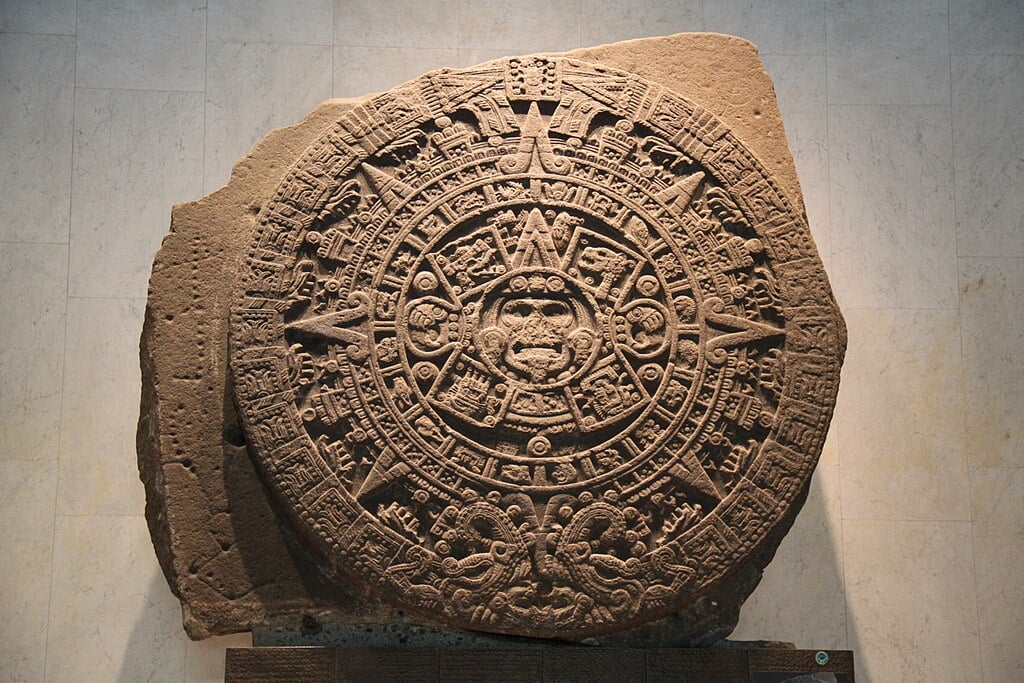

A new archaeological study by Tulane University and Mexico’s Proyecto Templo Mayor has revealed how the Mexica Empire, also known as the Aztecs, used vast trade networks to source and trade obsidian, volcanic glass once central to life, religion, and warfare in ancient Mesoamerica.
Published in the Proceedings of the National Academy of Sciences, the research analyzed 788 obsidian artifacts from the Templo Mayor, the Mexica’s main temple in present-day Mexico City. The study represents the largest chemical analysis of obsidian ever conducted at the site.
Researchers found that most of the obsidian—nearly 90 percent—came from the Sierra de Pachuca region, known for its green-hued glass. This type of obsidian was highly valued for both its physical quality and its symbolic ties to Tollan, a mythical city central to Mexica beliefs.
Diego Matadamas-Gomora, lead author and a Ph.D. candidate at Tulane, explained that the strong preference for green obsidian, especially in ceremonial items, reflects religious standardization and central control.
Items such as miniature weapons, jewelry, and sculpture inlays placed in ritual offerings were almost entirely made from this source.
However, the study also uncovered significant traces of obsidian from at least seven other regions, including Ucareo in western Mexico—territory once held by the Mexica’s rivals, the Purépecha.

Other sources included Otumba, Tulancingo, and El Paraíso. These materials appeared more often in everyday tools found in construction debris, suggesting that they were circulated through local markets rather than tightly regulated by the state.
“By studying where this material came from, we can explore the movement of goods across Mesoamerica.” Matadamas-Gomora said.
The research indicates a multifaceted economy dependent not solely on conquest but also on strategic trade, even with rival territories. Obsidian played a crucial role in tool production and was imbued with significant cultural importance, particularly in religious contexts.
The research team also tracked how obsidian use shifted over time. During Tenochtitlan’s early period, around 1375 CE, a wider variety of obsidian sources was used in both sacred and everyday items. However, after the Mexica consolidated power by 1430 CE, green obsidian from Sierra de Pachuca became dominant in ritual contexts, signaling increased religious control and uniformity.
The research was facilitated through a partnership between Tulane University and Mexico’s National Institute of Anthropology and History (INAH). Researchers used portable X-ray fluorescence (pXRF), a non-destructive method that reveals the chemical makeup of artifacts.
“This work not only highlights the Mexica Empire’s reach and complexity but also demonstrates how the archaeological sciences can be leveraged to study ancient objects and what they can tell us about past cultural practices,” said co-author Jason Nesbitt, associate professor of anthropology at Tulane.
